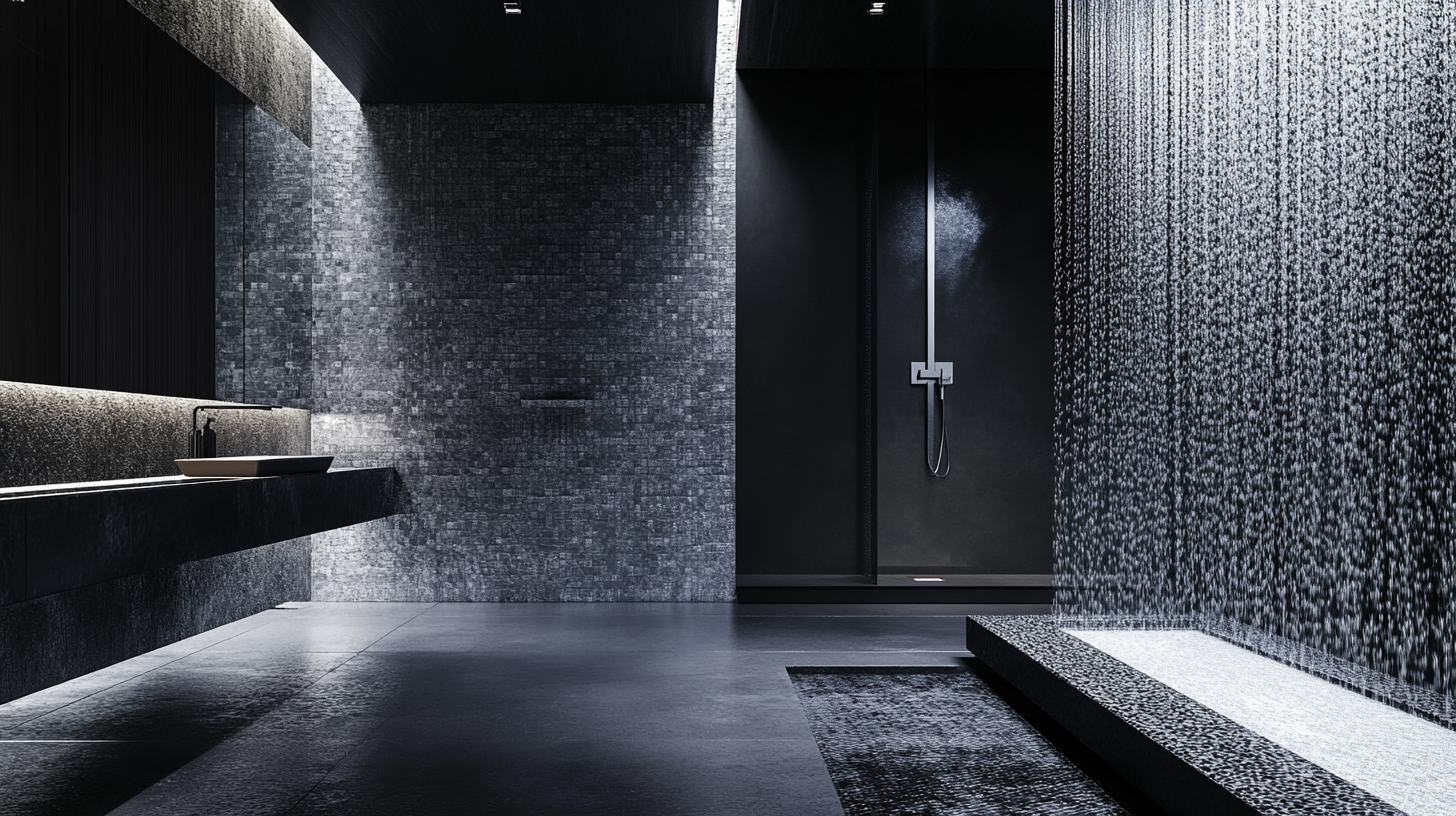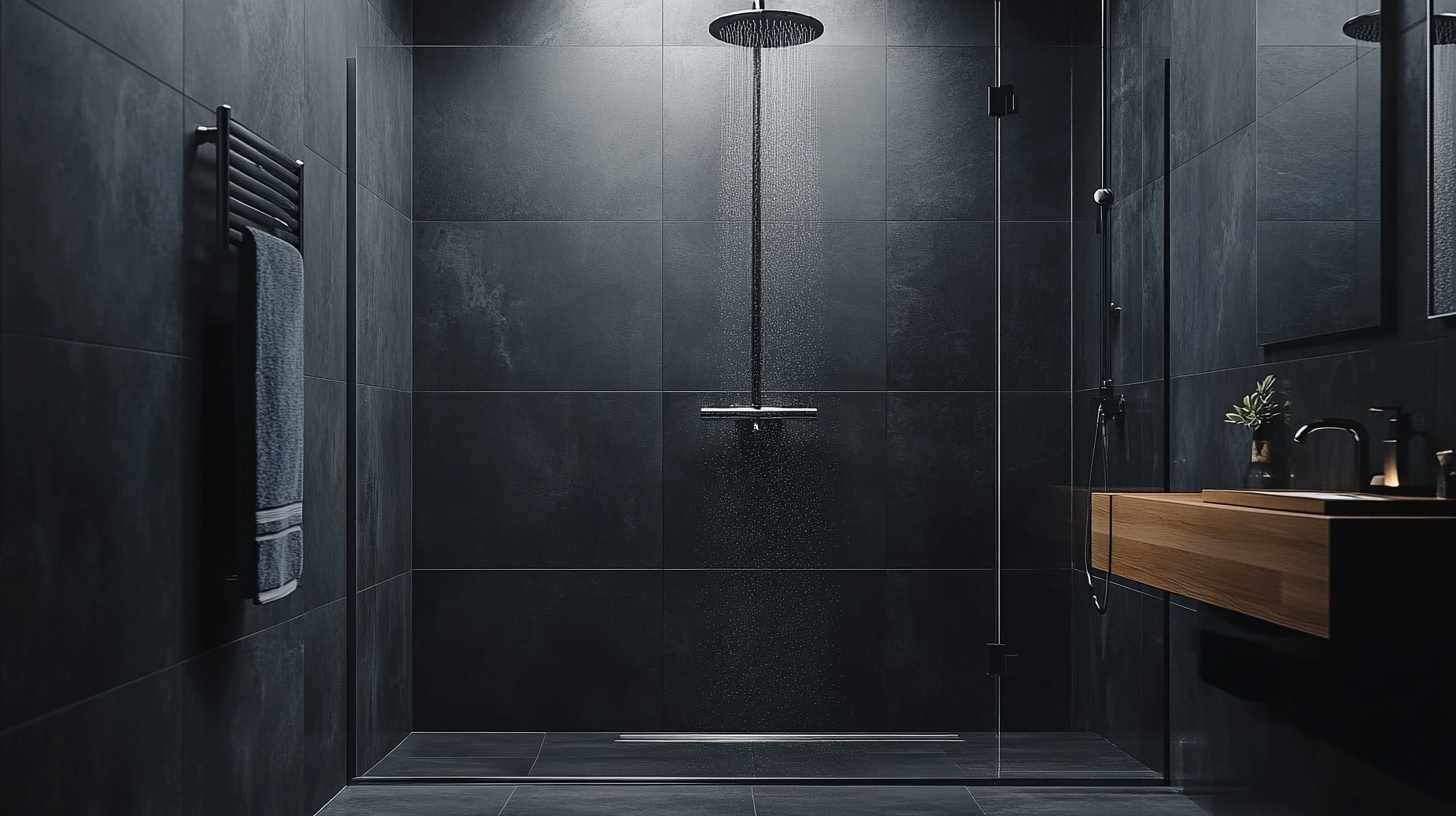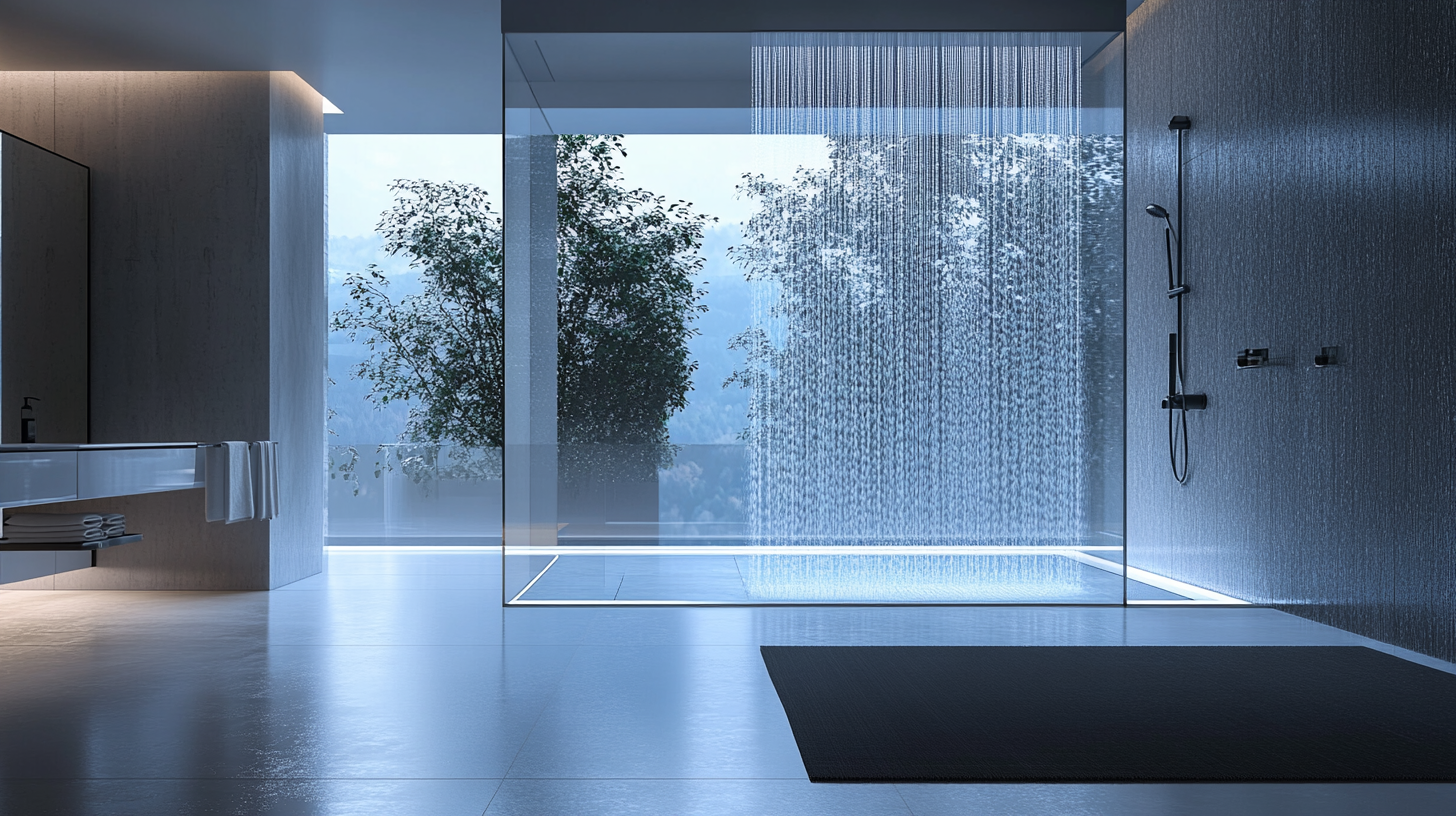
Exploring the Key Differences: Ultimate Guide to Choosing the Best Abs Shower Solutions
In the realm of bathroom design, the choice of materials is paramount, and when it comes to shower solutions, ABS (Acrylonitrile Butadiene Styrene) has emerged as a leading contender. According to a recent industry report by MarketsandMarkets, the global market for bathroom fittings and solutions is projected to grow at a CAGR of 5.8% from 2021 to 2026, with ABS shower products gaining significant traction due to their durability, lightweight properties, and resistance to corrosion. ABS shower solutions offer a compelling combination of aesthetics and functionality, making them a preferred choice among builders and homeowners alike. As consumers become increasingly aware of sustainability and cost-effectiveness, understanding the key differences between various ABS shower solutions is essential for making informed decisions. In this ultimate guide, we will explore the various factors to consider when choosing the best ABS shower options to suit your needs and preferences, ensuring you can create a stylish and efficient bathing environment.

Understanding ABS Shower Solutions: Features and Benefits
When it comes to ABS shower solutions, understanding their features and benefits is essential for making an informed choice. ABS, or acrylonitrile butadiene styrene, is a material widely used in shower solutions due to its durability and resistance to damage from daily use. These showers are lightweight yet robust, making them an excellent choice for households that prioritize both functionality and aesthetics.
One of the main advantages of ABS shower solutions is their ease of installation. The lightweight nature of ABS means that less support is required during installation, which can significantly reduce labor costs. Additionally, ABS's resistance to moisture and impact ensures that these shower solutions maintain their appearance and functionality over time, making them a long-lasting investment for any bathroom remodel. Furthermore, the versatility of design options available allows homeowners to find the perfect fit for their space, ensuring that both style and practicality can be achieved in any project.

Comparative Analysis: ABS vs. Traditional Shower Materials
When selecting shower materials, understanding the differences between ABS (Acrylonitrile Butadiene Styrene) and traditional options like acrylic or fiberglass is essential for making an informed choice. ABS is a thermoplastic known for its durability and resistance to impact, making it a robust option for high-traffic bathrooms. Unlike traditional materials, ABS is less prone to chipping and cracking, which can often be a concern with acrylic or fiberglass surfaces. This resilience extends the lifespan of the shower, ensuring a bath fixture that can withstand the rigors of daily use.
Another significant advantage of ABS is its lightweight nature, facilitating easier installation compared to heavier traditional materials. This can save both time and labor costs during renovation projects. Furthermore, ABS is resistant to staining and discoloration, maintaining its aesthetic appeal over time. In contrast, traditional materials may require more maintenance to keep them looking pristine. The choice between ABS and traditional materials ultimately hinges on the balance between durability, maintenance, and installation ease, making it imperative to weigh these factors carefully to create the perfect bathroom environment.
Choosing the Right ABS Shower Type: A Breakdown of Options
When it comes to choosing the best ABS shower solutions, understanding the various types available is crucial. ABS (Acrylonitrile Butadiene Styrene) is a popular material in the manufacturing of shower units due to its durability, lightweight nature, and resistance to moisture. According to a recent market report by ResearchAndMarkets, the global bathroom fixtures market, which includes ABS shower solutions, is projected to grow at a CAGR of 5.9% from 2022 to 2028. This growth reflects the increasing demand for innovative and high-quality bathroom products.
The primary types of ABS showers vary based on installation and design preferences. For instance, prefabricated shower stalls are ideal for quick renovations, while custom shower enclosures can be tailored to fit specific dimensions and aesthetic choices. Data from the National Kitchen and Bath Association indicates that nearly 70% of homeowners prioritize functionality and customization when selecting shower systems. Moreover, a significant trend is the adoption of eco-friendly solutions, with 42% of consumers expressing a preference for water-efficient fixtures, reflecting a broader shift towards sustainable living practices.
In choosing the right ABS shower type, it's essential to consider factors such as size, design, functionality, and environmental impact. The variety of options—ranging from minimalist designs to spacious walk-in showers—cater to different consumer preferences, ensuring that every homeowner can find a suitable solution that meets their needs while enhancing their bathing experience.
Key Differences in ABS Shower Solutions
Installation Tips for ABS Showers: Ensuring a Smooth Experience
When it comes to installing ABS (Acrylonitrile Butadiene Styrene) showers, ensuring a smooth installation experience can significantly enhance the overall quality and longevity of your bathroom fixtures. According to a report from the National Kitchen and Bath Association (NKBA), improper installation is one of the leading causes of early product failure in shower systems, which underscores the importance of following best practices during installation.
One key tip for a successful installation is to ensure that the subfloor is perfectly level and adequately prepared. According to a survey conducted by the Home Improvement Research Institute (HIRI), about 28% of homeowners experienced issues due to an uneven surface leading to leaks and poor drainage. Additionally, using an adequate adhesive specifically designed for ABS materials is crucial, as it helps secure the panels effectively and prevents future dislodgment. Follow the manufacturer’s guidelines to select the right adhesive, ensuring optimal performance.
Another critical factor is to allow ample curing time before using the shower. The American Society for Testing and Materials (ASTM) recommends waiting at least 24 hours after installation to let the adhesive set completely. This step can be the difference between a successful installation and unexpected complications, providing peace of mind that your ABS shower is not only beautiful but also durable and functional.
Maintenance and Care: Keeping Your ABS Shower in Top Condition
When it comes to maintaining an ABS shower, understanding the materials and care methods is essential for preserving its longevity and aesthetic appeal. ABS, or Acrylonitrile Butadiene Styrene, boasts a lightweight and durable composition, making it a popular choice for modern shower solutions. According to a report by Grand View Research, the global bathroom fixtures market, including ABS units, is expected to reach $83.4 billion by 2027, reflecting a strong consumer preference for efficient yet stylish options.
Proper care begins with regular cleaning using non-abrasive products. Industry experts recommend using mild detergents or specialized plastic cleaners to avoid damaging the surface. It's crucial to avoid harsh chemicals that can degrade the ABS material over time. A survey from the National Association of Home Builders indicates that 70% of homeowners report maintaining their fixtures significantly enhances their overall aesthetics and resale value.
Another crucial aspect of maintenance is controlling water quality. Hard water can lead to mineral buildup, which not only affects the shower's appearance but can also impact its functionality. Per a study from the Water Quality Association, nearly 85% of American households have hard water, stressing the importance of using water softeners or descalers to protect ABS showers. This proactive approach not only retains the shower's visual appeal but also minimizes repairs and replacements in the long run.




